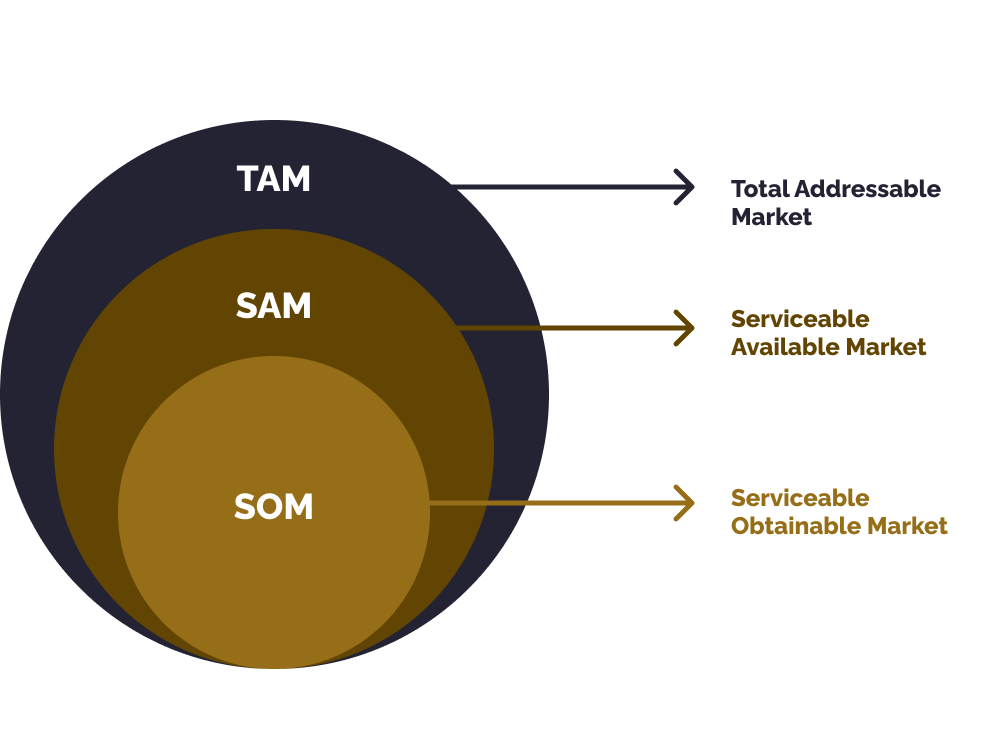Defining your target audience
Identifying key demographics
Start by examining who's currently purchasing your offerings and analyzing their characteristics. For instance, a store specializing in basketball apparel might find that most of its customers are 20- to 30-year-old basketball fans. This group would be the store's target consumer. Identifying key demographics involves looking at age, gender, location, and other relevant factors.
Creating customer profiles
Once you've identified the key demographics, the next step is to create detailed customer profiles. These profiles should include your customers' behaviors, preferences, and needs. For example, you might find that professional women aged 30 to 50, living in urban areas, show the highest purchase intent for your product. Creating these profiles helps you understand your prime potential customers better.
Understanding customer needs
To further refine your target audience, it's essential to understand their needs and how your product or service can solve their problems. Your product addresses specific issues of your target audience. You can tailor your offerings to their needs. Thus you increase your success.
Top-Down vs. Bottom-Up
There are two main approaches to sizing a market:
The top-down approach starts by looking at the entire market and then narrowing it down to find the accurate market size. On the other hand, the bottom-up approach begins with specific data points, like sales figures, and builds up to estimate the market size. Both methods have their strengths and weaknesses.
- the top-down approach
- the bottom-up approach.
The top-down approach starts by looking at the entire market and then narrowing it down to find the accurate market size. On the other hand, the bottom-up approach begins with specific data points, like sales figures, and builds up to estimate the market size. Both methods have their strengths and weaknesses.
Master the TAM-SAM-SOM
Konsultori Academy courses
Konsultori Academy offers a range of courses designed to help businesses understand and apply the TAM-SAM-SOM framework. These courses cover everything from the basics to advanced strategies, making it easier for companies to strategically enter the market and expand their business.

Expert consultations
Sometimes, the best way to master TAM-SAM-SOM is to consult with experts. Professional consultants can offer personalized advice and strategies tailored to your market needs. This can be especially useful for businesses looking to break into new markets or expand their market share.
Bottom-up market sizing approach
Gathering Data from Primary Sources
The bottom-up approach focuses on individual segments that the product targets. Start by collecting data directly from primary sources like surveys, interviews, and customer feedback. This method ensures you have accurate and specific information about your target market.
Estimating Market Size Based on Sales
Calculating market size potential
Asking Clarifying Questions
Developing a Market Sizing Framework
Making Assumptions and Calculations

Aligning product development
Market sizing helps businesses understand the potential scope of their target market. This understanding is crucial for product development. By understanding the size of the market, companies decide which features to prioritize and how to tailor their products to meet customer needs.
Learn to calculate potential for home and market and abroad!
Conclusion
Market sizing is a vital part of business planning. It helps companies make smart choices about products, prices, and marketing. By understanding the size of your market, you can see if your idea is worth the investment. There are different ways to figure out market size, like the top-down and bottom-up methods. These methods help you use data to get a clear picture of your market. Whether you are in marketing or sales, knowing how to size a market is a key skill. It helps you understand your potential reach and make better business decisions.
